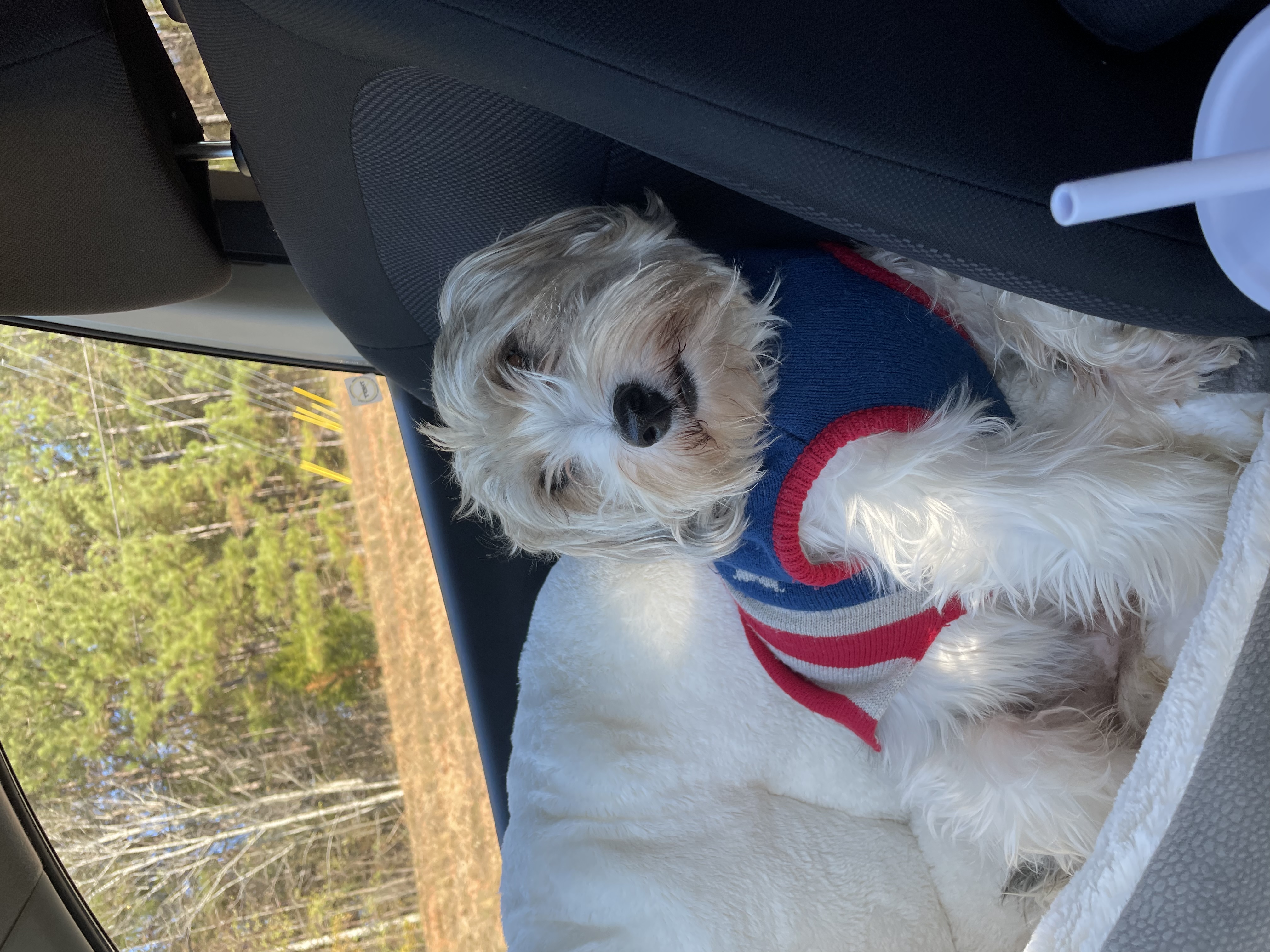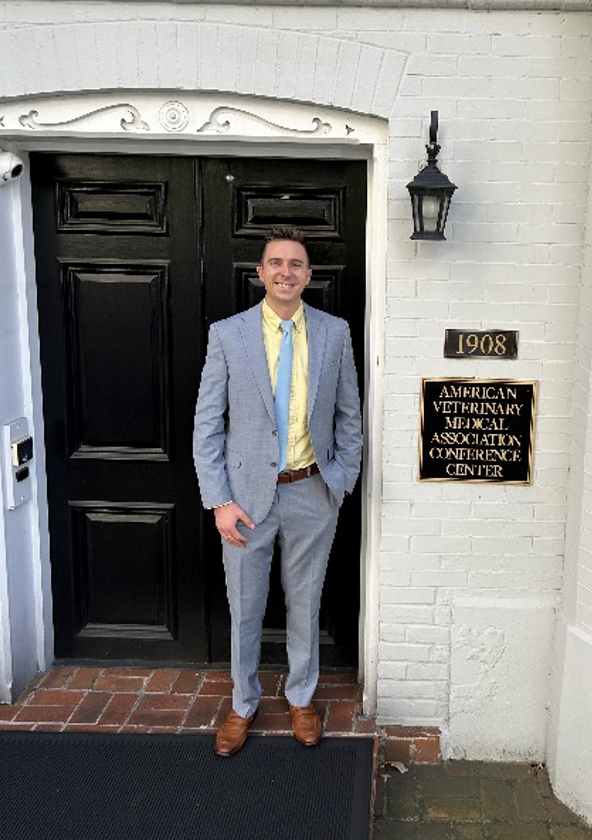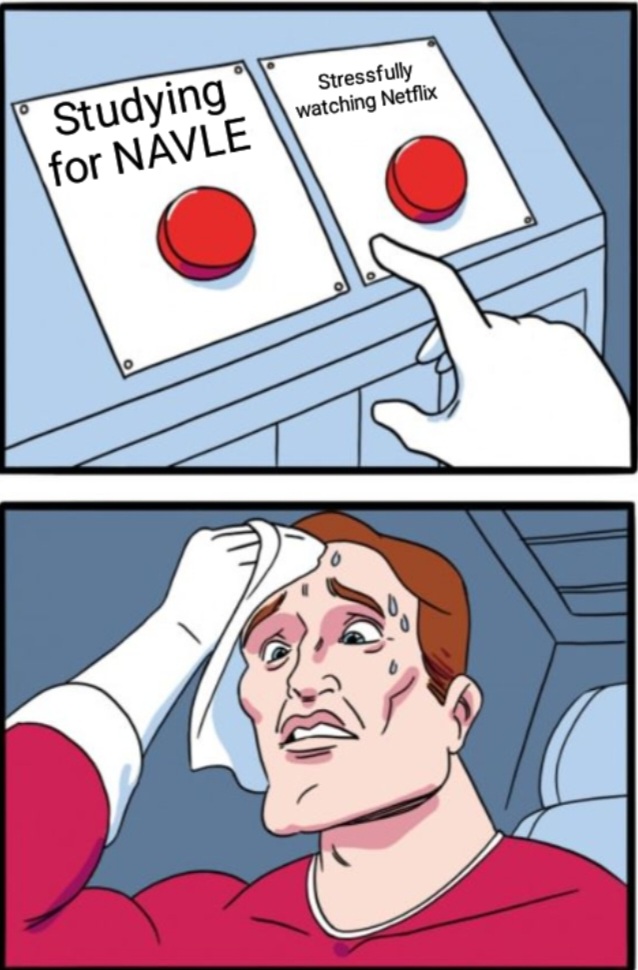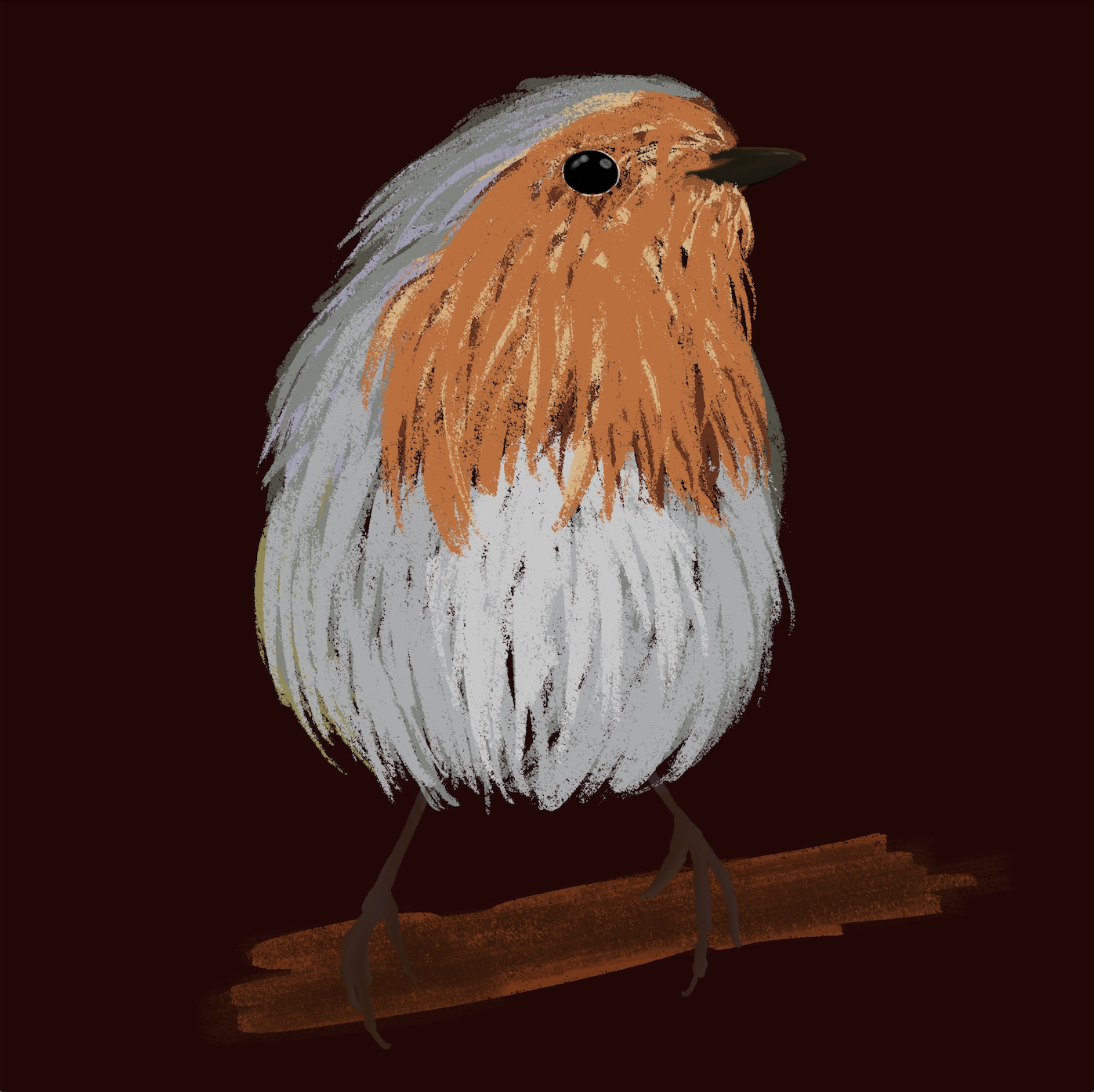CUTEST PET
 Tuesday, November 14, 2023 at 12:00PM
Tuesday, November 14, 2023 at 12:00PM Submitted by Kathleen Kalphat-Losego, University of Georgia

 cutest pet,
cutest pet,  dog in
dog in  Cutest Pet
Cutest Pet  Tuesday, November 14, 2023 at 12:00PM
Tuesday, November 14, 2023 at 12:00PM Submitted by Kathleen Kalphat-Losego, University of Georgia

 Share this Post | Comments Off
Share this Post | Comments Off  cutest pet,
cutest pet,  dog in
dog in  Cutest Pet
Cutest Pet  Friday, November 10, 2023 at 12:00PM
Friday, November 10, 2023 at 12:00PM Submitted by John La Bonte, University of Arizona
Inside the PAC: Advocacy at All Levels
With one ousted Speaker of the House, three Speaker hopefuls, and now a newly elected Speaker, navigating the legislative channels of Washington is difficult. However, after two weeks as an extern at the American Veterinary Medical Association’s (AVMA) Government Relations Division (GRD) in Washington D.C. and meeting with members of Congress on Capitol Hill, I’ve witnessed firsthand that lawmakers are pushing to advance legislation that betters all aspects of our wide-ranging profession.
During the first half of my externship here, I have attended two day-long meetings with the AVMA Political Action Committee (PAC) Board and a joint meeting between the American Association of Bovine Practitioners (AABP) and American Association of Swine Veterinarians (AASV). While the goals of these meetings were different, they both had the same objective - to advocate on behalf of the veterinary profession.
 While working with the AVMA PAC board, I met with both Democrats and Republicans and saw how valuable it is to make personal connections with the elected officials supporting the AVMA’s legislative agenda. These members of Congress are supporters of AVMA-endorsed bills and on congressional committees that deal with legislation related to veterinary medicine. The conversations we had with the lawmakers attending included casual conversation to get to know them personally, the most pressing issues facing the profession such as the Combating Illicit Xylazine Act, and talking about their animals and pets. The great thing about advocating for our profession is that pets are nonpartisan, and everyone always wants to show pictures of their pets – a casual segway to how lawmakers can help veterinarians treat their patients.
While working with the AVMA PAC board, I met with both Democrats and Republicans and saw how valuable it is to make personal connections with the elected officials supporting the AVMA’s legislative agenda. These members of Congress are supporters of AVMA-endorsed bills and on congressional committees that deal with legislation related to veterinary medicine. The conversations we had with the lawmakers attending included casual conversation to get to know them personally, the most pressing issues facing the profession such as the Combating Illicit Xylazine Act, and talking about their animals and pets. The great thing about advocating for our profession is that pets are nonpartisan, and everyone always wants to show pictures of their pets – a casual segway to how lawmakers can help veterinarians treat their patients.
I won’t lie, it can be a bit surreal to meet these people in real life that I have read about and watched on TV for so long now. Walking into an elevator and unexpectedly having Senator Bernie Sanders say, “hello” to me while I stare and struggle to find any words to respond with has made this externship a memorable experience, to say the least.
However, you don’t have to be in Washington or an AVMA GRD extern (although you should apply) to advocate for bills that strengthen our profession. The advocacy team has recently launched a new points-based program through the AVMA’s Congressional Advocacy Network (CAN) where you can easily earn points and qualify to win prizes by “taking action.” “Taking action” through the AVMA CAN includes sending a letter to your members of Congress or signing up for the AVMA Advocate newsletter to learn about current legislation and events veterinarians are doing with lawmakers in their district.
From what I have seen firsthand and have learned from the staff here, is that while policy can move slowly, it can also move very quickly in Congress, and we need veterinary advocates at all levels to help educate elected officials about what is best for our profession so there are no unintended consequences passed into law. We, as students and soon-to-be veterinarians, are preparing to educate our clients daily about how to help their animal or herd. We would never walk out of a new puppy exam room and not bring up pet insurance because we know that the unexpected will happen, and we want to be able to do everything we can to help. And just like our puppies, we need to ensure that our voices are heard on the federal and state levels by “taking action” and giving a strong voice to what we need legislatively as veterinarians.
 Share this Post | Comments Off
Share this Post | Comments Off  Thursday, November 9, 2023 at 12:00PM
Thursday, November 9, 2023 at 12:00PM Submitted by Savannah Whitecotton, Auburn University

 Share this Post | Comments Off
Share this Post | Comments Off  Photography,
Photography,  Travel in
Travel in  Photography
Photography  Tuesday, November 7, 2023 at 12:00PM
Tuesday, November 7, 2023 at 12:00PM Submitted by Rachael Lahar, University of Illinois

 Share this Post | Comments Off
Share this Post | Comments Off  Funny in
Funny in  Foot in Mouth Disease
Foot in Mouth Disease  Thursday, November 2, 2023 at 12:00PM
Thursday, November 2, 2023 at 12:00PM Submitted by Rachel Dufour, Louisiana State University
"European Robin"

 Share this Post | Comments Off
Share this Post | Comments Off  art,
art,  bird,
bird,  creative in
creative in  Creative Corner
Creative Corner